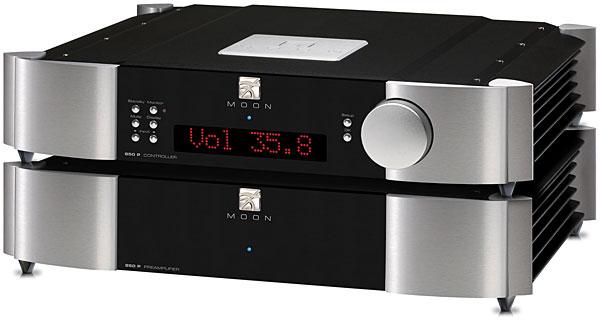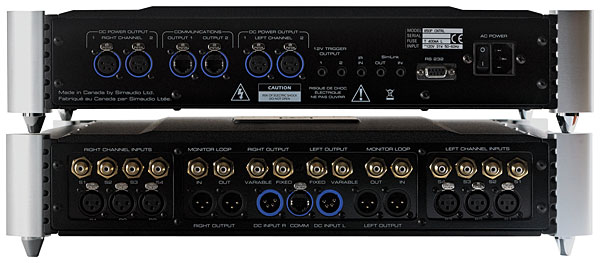| Columns Retired Columns & Blogs |
Great review from Damkroger, having heard many of their amps over the years including coming oh-so close to purchasing a pre-owned W-5 I can only say if I were a divorce lawyer, hedge funder or trust fund baby I would chose these Moon products in a heartbeat over any MBL, Burmester, Krell or Mark Levinson any day. In fact I find my Moon 300DAC at $1100 (on sale) to be so good I don't even lust for anything better, yeah I love their products even though they are very pricey. I don't in any way work or am I affiliated with Moon.







































